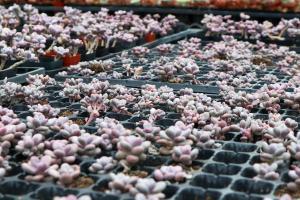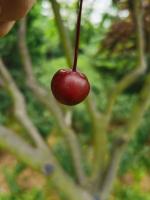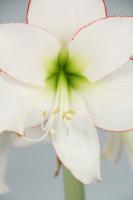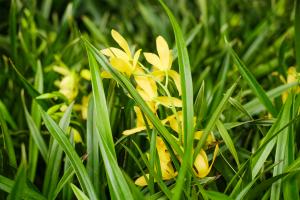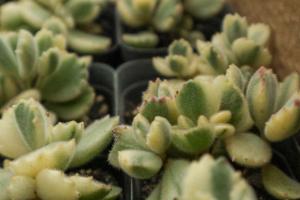1、 Sufficient light
Clematis is a light loving plant. Its growth is inseparable from light. In winter, you can put it in the sunny place. At this time, the sun is soft and won't sunburn the plant. The time of daily illumination should not be less than 6 hours, otherwise it will grow poorly

2、 Keep warm properly
Most Clematis have strong cold resistance and can grow in an environment of minus 20 degrees. The breeding is only in the southern evergreen system, but not in the southern evergreen system. If you want to raise it in the north, you need to put it in a greenhouse or put a plastic bag to keep it warm
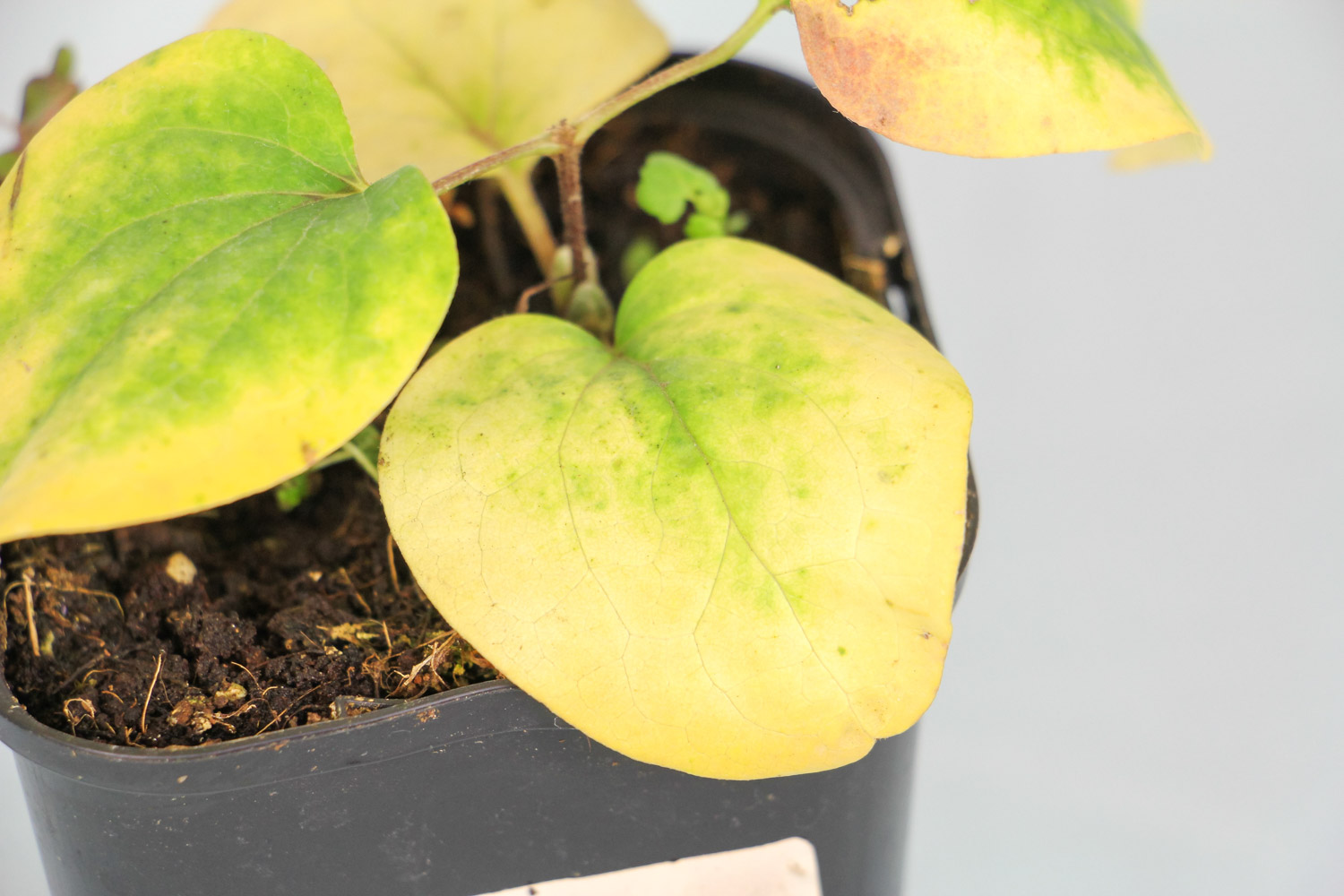
3、 Water control and fertilizer supplement
Clematis enters dormancy in winter, when its demand for water is not high. Watering must be less to ensure that the matrix is slightly moist. If the room is warm, you can also water it normally to let it continue to grow. Fertilization needs to be carried out in combination with changing pots. Organic fertilizer and bone meal are added as base fertilizer, which is conducive to flowering in the second year
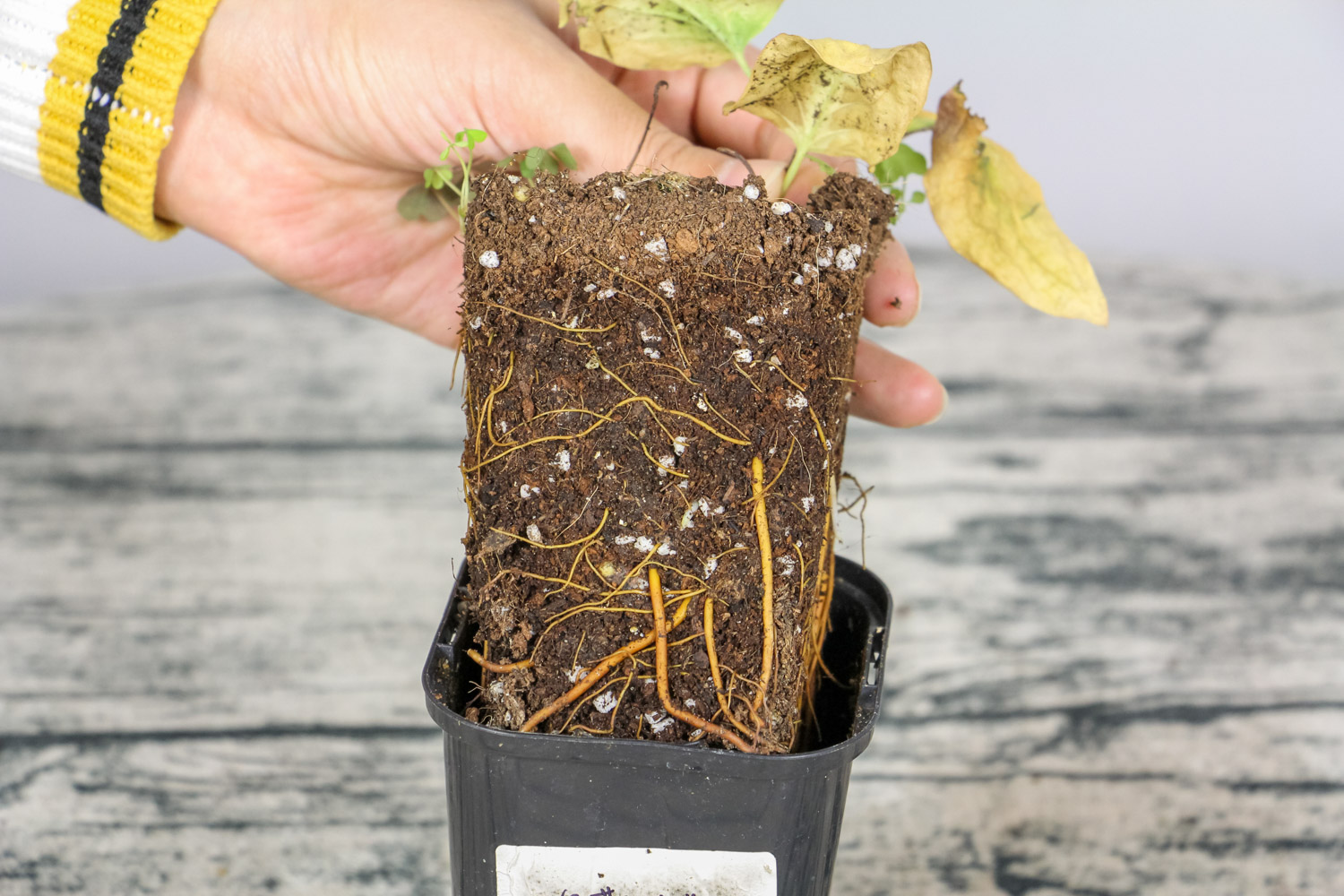
4、 Late winter pruning
Clematis needs pruning in late winter and early spring to help new branches grow. However, early flowers should not be pruned to avoid nutrient loss and affect flowering. Large flowers need to be cut gently to keep the plant type unchanged. Only some long branches are cut off, and about 7-10 knots are reserved for each branch. Late flowers should be properly re cut. Cut most of the branches and keep 3-7 sections

 jackfruit
jackfruit snake plant
snake plant hibiscus
hibiscus hydrangea
hydrangea lavender
lavender Green roses climb al...
Green roses climb al... If you don't pay att...
If you don't pay att... Management of four g...
Management of four g...